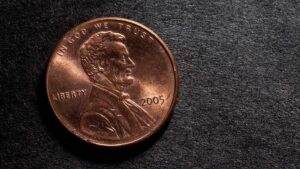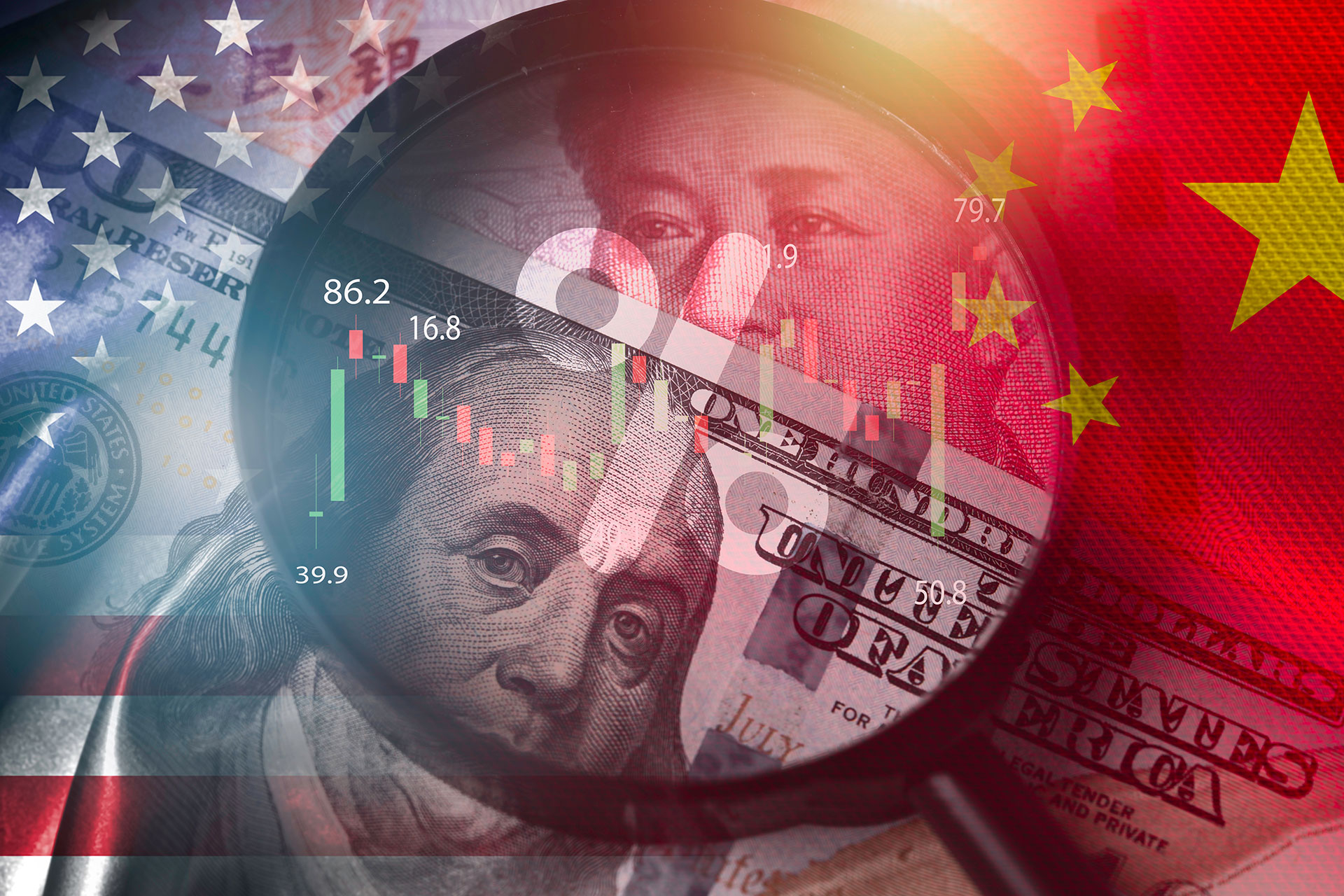Halting penny production ‘makes sense’
Eliminating the coin, which costs more to produce than it’s worth, could be a first step to a cashless society, an Economics professor says.

A Metropolitan State University of Denver economist is offering his 2 cents on President Donald Trump’s call to halt production of the ubiquitous penny.
Trump has instructed the Department of the Treasury to stop minting the 1-cent coins, which cost more than 3 cents apiece to produce and distribute. Last year, the Treasury churned out 3.2 billion pennies, at a loss of more than $83 million.
“It makes sense. There is almost zero-use value of the penny, and the cost is much higher now to produce,” said Kishore Kulkarni, Ph.D., a distinguished professor of Economics in MSU Denver’s College of Business. “It makes all the sense in the world to stop producing it.”
It’s not a new idea. Some U.S. lawmakers have floated it for decades, and other countries, including Canada and Australia, discontinued their lowest-value coins years ago. But nostalgia and emotional attachment to the coin bearing Abraham Lincoln’s image have made it difficult for many Americans to part with, Kulkarni said.
That may be especially true for some Denverites — the U.S. Mint at Denver is one of two in the country that produce coins in circulation.

The penny has been around since 1793, and Lincoln became the first president featured on a U.S. coin in 1909. But the cost to produce it has been greater than the value of the coin itself for nearly two decades.
“There was a time when one penny had some value, but that was a long time ago,” Kulkarni said. “I’m not much into sticking to tradition at a higher economic cost.”
The penny isn’t the only coin that costs more to produce than it’s worth — a nickel, for example, costs more than 13 cents to make.
Kulkarni doesn’t see evidence that getting rid of small-denomination coins will lead to higher prices or significantly impact retailers beyond modestly rounding up or down the cash cost of a product or service.
And even if the U.S. Mint stopped producing pennies today, they wouldn’t disappear overnight, with tens of billions in circulation.
But in a world where consumer spending is dominated by electronic transactions, Kulkarni thinks that in the not-so-distant future, say in a decade or two, “cash per se could follow the route of the penny or nickel.”
“Then, everything would be electronic,” he said. “I think we need to adapt.”








